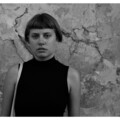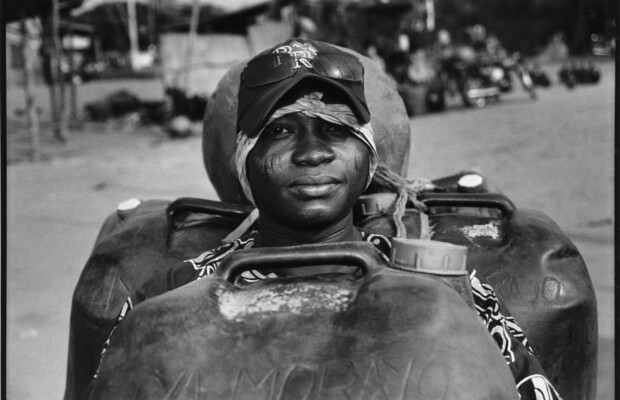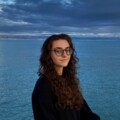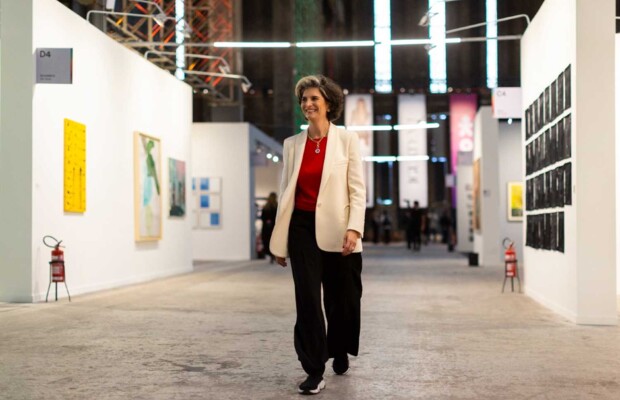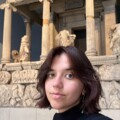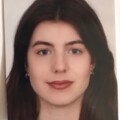Abolishment of mechanical growth
Interview with Boris Ondreička, artistic director of viennacontemporary art fair
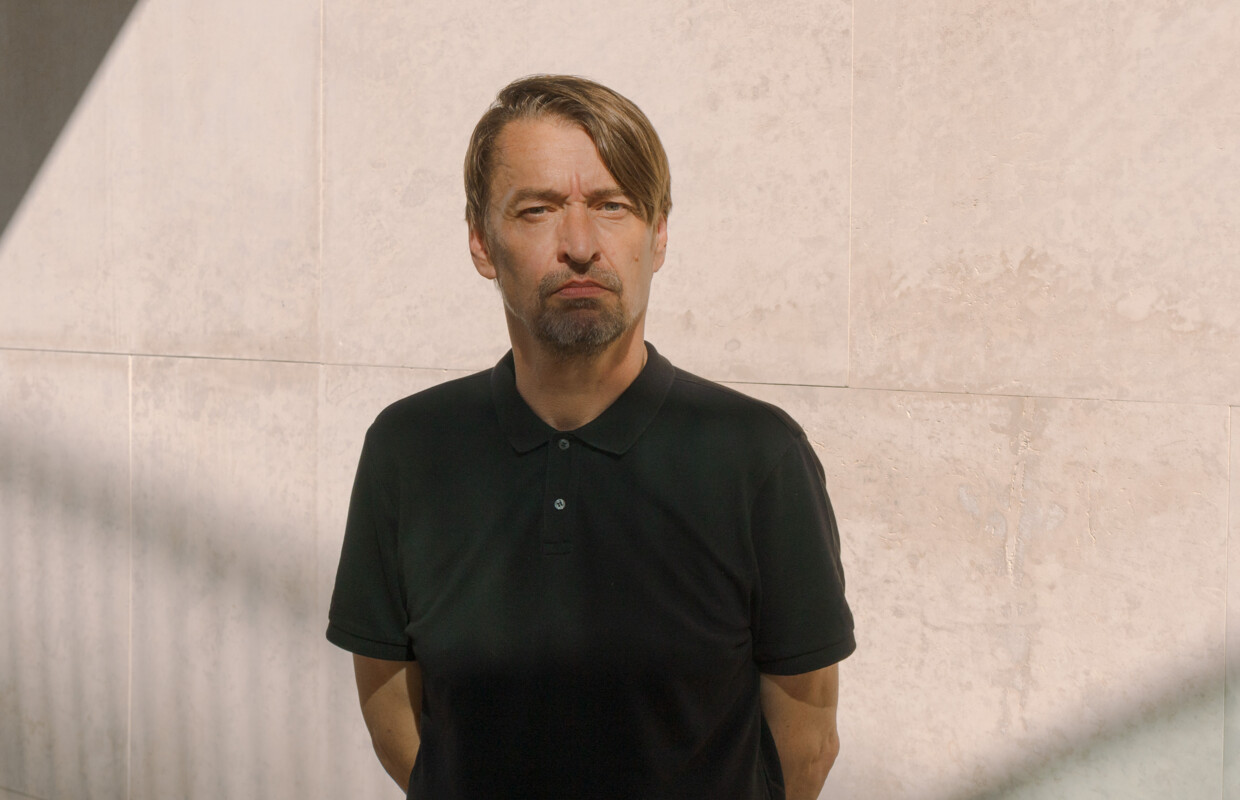
Veronika Gorbačova: I would like to turn first to viennacontemporary history. How has the fair developed over time and what milestones have contributed to its position as Austria's leading art fair?
Boris Ondreička: It started already in 2005 as “Vienna Fair” and then, over time and through the change of owners, stakeholders and shareholders, it finally established itself under the name "viennacontemporary". We have also operated in three different locations. Consequently, the fair has also changed its size a lot due to various coincidences. It used to have 120 galleries, now it’s 61. And the fact that we do not have more than 61 galleries this year is also part of the concept. It's a temporary condition, or we think it's a temporary condition, because the world is changing, consequently the art market is changing, enterprises like the Basel Art Fair are adapting and growing ad absurdum. The Other Art Fair and Art Basel have been around for 50 years, we as viennacontemporary have only been around for 8 years. So there is no comparison, and there is no competition. But it inspires us. We think about what we can do on the global map, how we can act, what we can represent and how we can differentiate ourselves.
In the meantime, we have decided to degrow to create a consistent, coherent profile and take a quality-driven approach, with a special aspect of hospitality, especially towards our clients: the galleries and artists.
So our approach to our partners is indeed very personal.
The greatest milestones in the history of the fair are not personal or corporate, but historical. First, it was pandemics, and second, the war of Russia against Ukraine. Being rooted in Central Europe, we are also interested in the surrounding regions. And in the past, our fair was also very much connected with the Russian territory and other post-Soviet republics. Obviously, we do not work in that environment anymore. I mean, in Russia. But we are also very active in the Baltics and Ukraine, especially since the last few years.
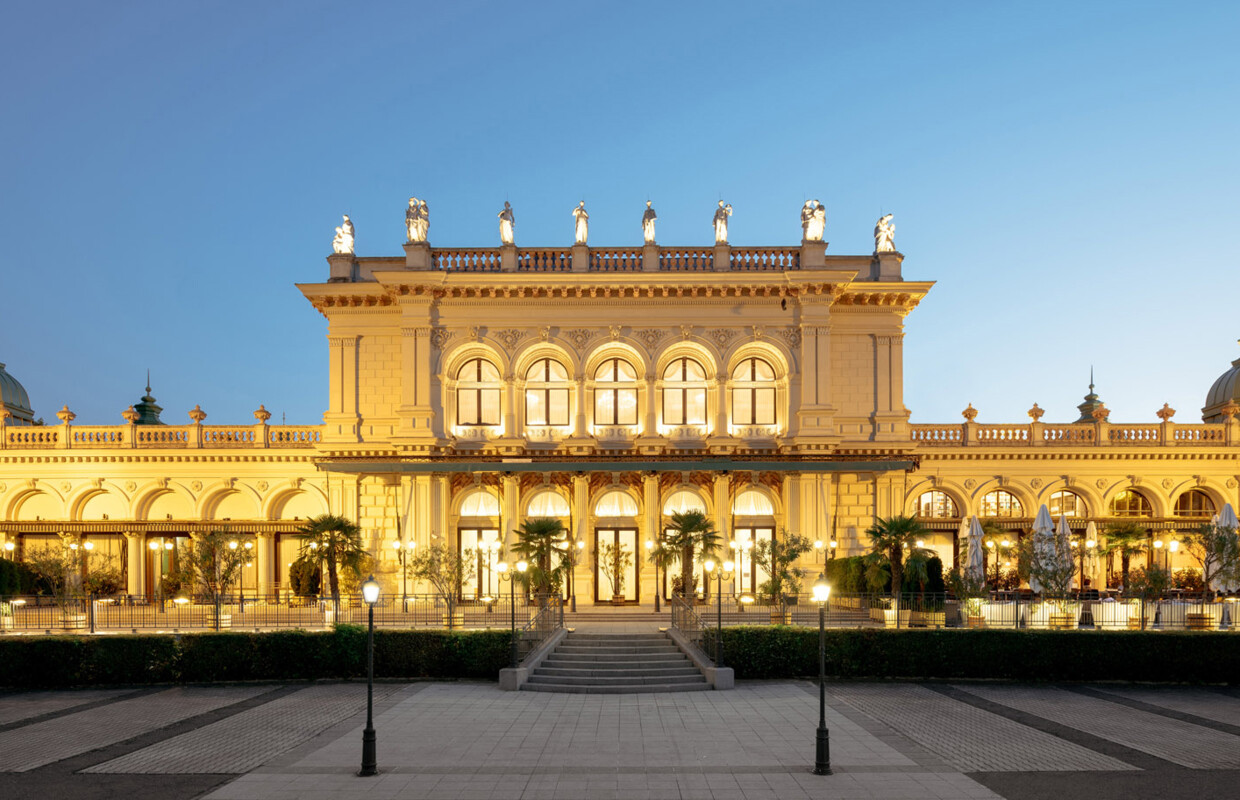
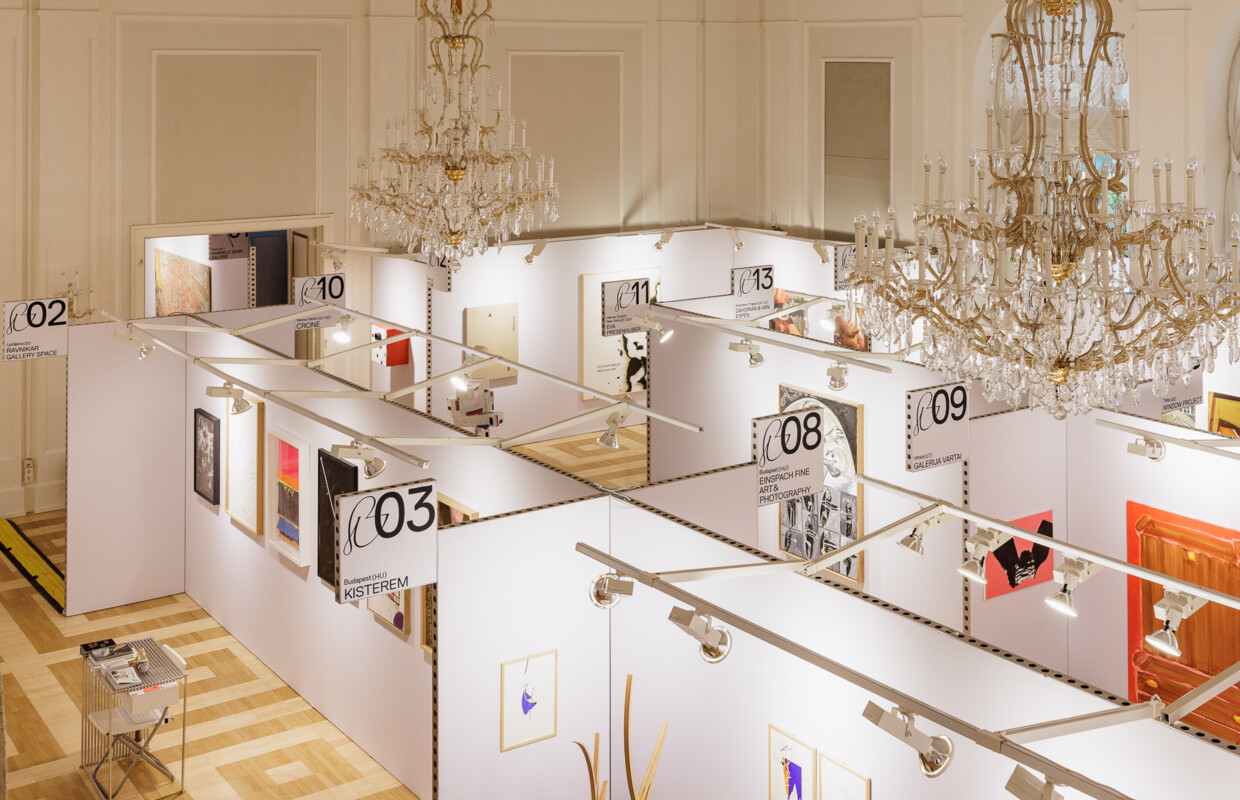
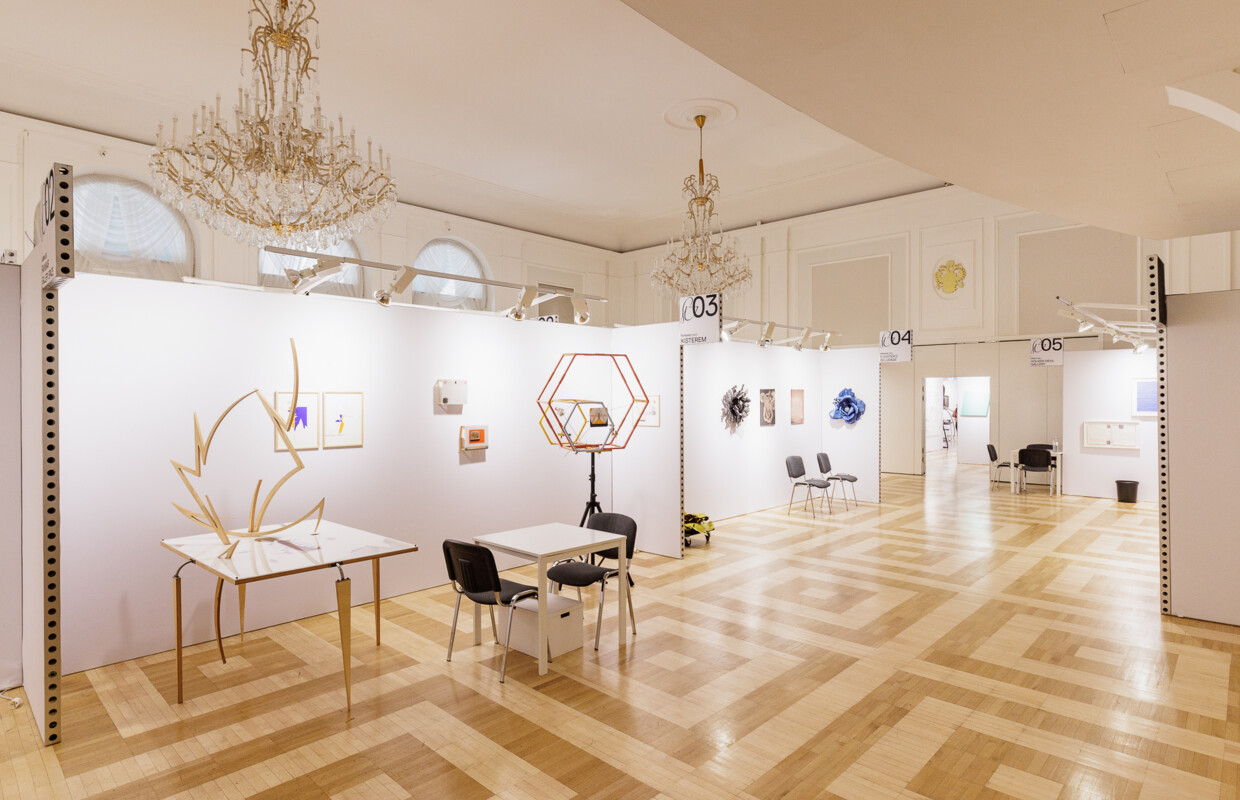
VG: In light of the upcoming fair, what insights can we gain about current trends and the art market from the artworks showcased at viennacontemporary this year?
BO: I think it is important to objectively trace what is new and what is the newest. But also because the alchemy of the art fair is good art, good galleries, good collectors and good sales, and you have to balance other factors. That's why we are interested in late modern like 60s and 70s. Paradoxically, one of the youngest galleries, which is a first-time participant, will present really fabulous post-Bauhaus photography, female photography from the 1960s and '70s, all vintage, and really beautiful figural works.
So when you talk about freshness, you do not necessarily have to talk about the youngest gallery.
We have not increased the number of galleries since the last year, but we have added an outdoor tent to our venue, so we will provide much larger spaces for the galleries. We will have 61 galleries from 20 countries, including 27 Austrian galleries. 23 of these 27 Austrian galleries are Viennese galleries, because the basis of our art fair and the location is of course Vienna. And the remaining 34 are international galleries. Also, 15 galleries will be with us for the first time.
As for emerging galleries, to us and this is also a conceptual principle to the future, emerging galleries take no less than 20% of our fair. Ideally we will present one third of emerging galleries in the future. Just to mention some of the younger galleries, I really like “Sandwich” from Bucharest and “Krupa” from Poland. So we are even tracing galleries that have been around for a short time. For the future, we could also differentiate the prices. The only price differentiation between galleries that we have now is that we support Ukrainian galleries with significant reductions. We have 2 Ukrainian galleries with us.
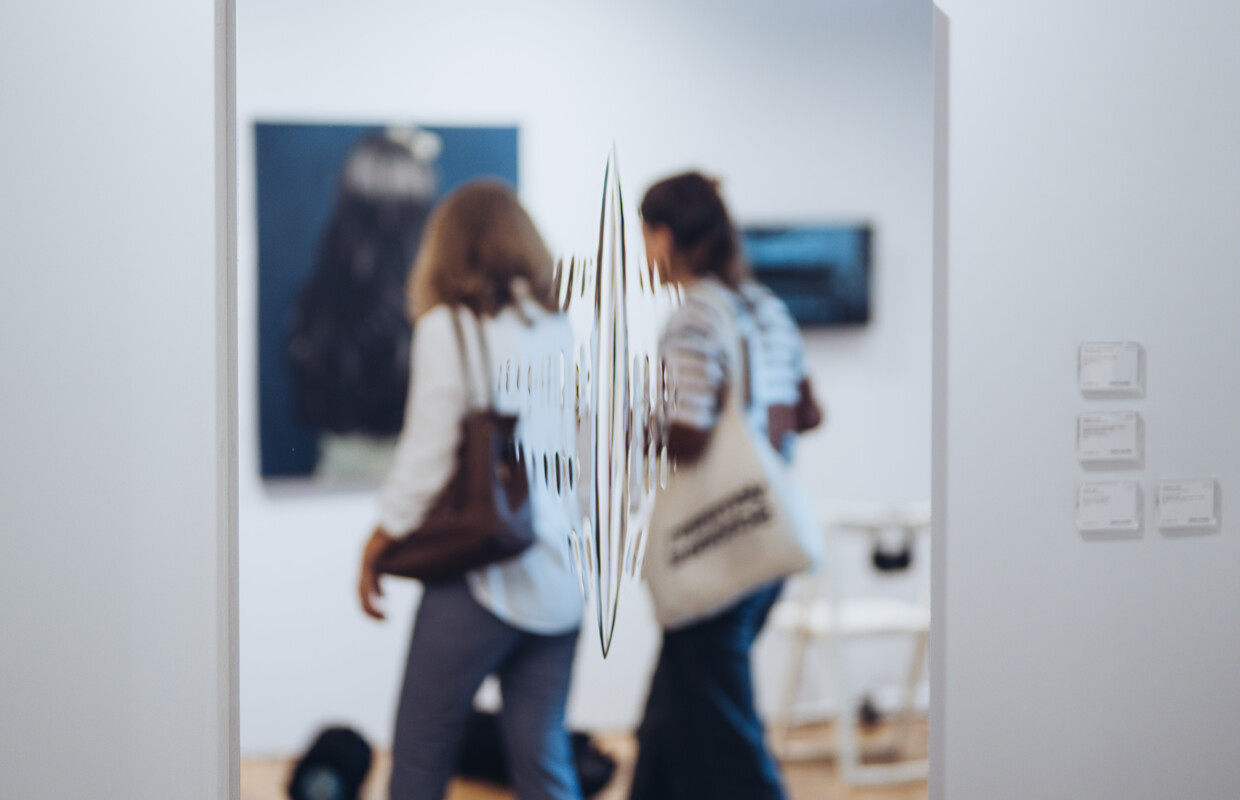
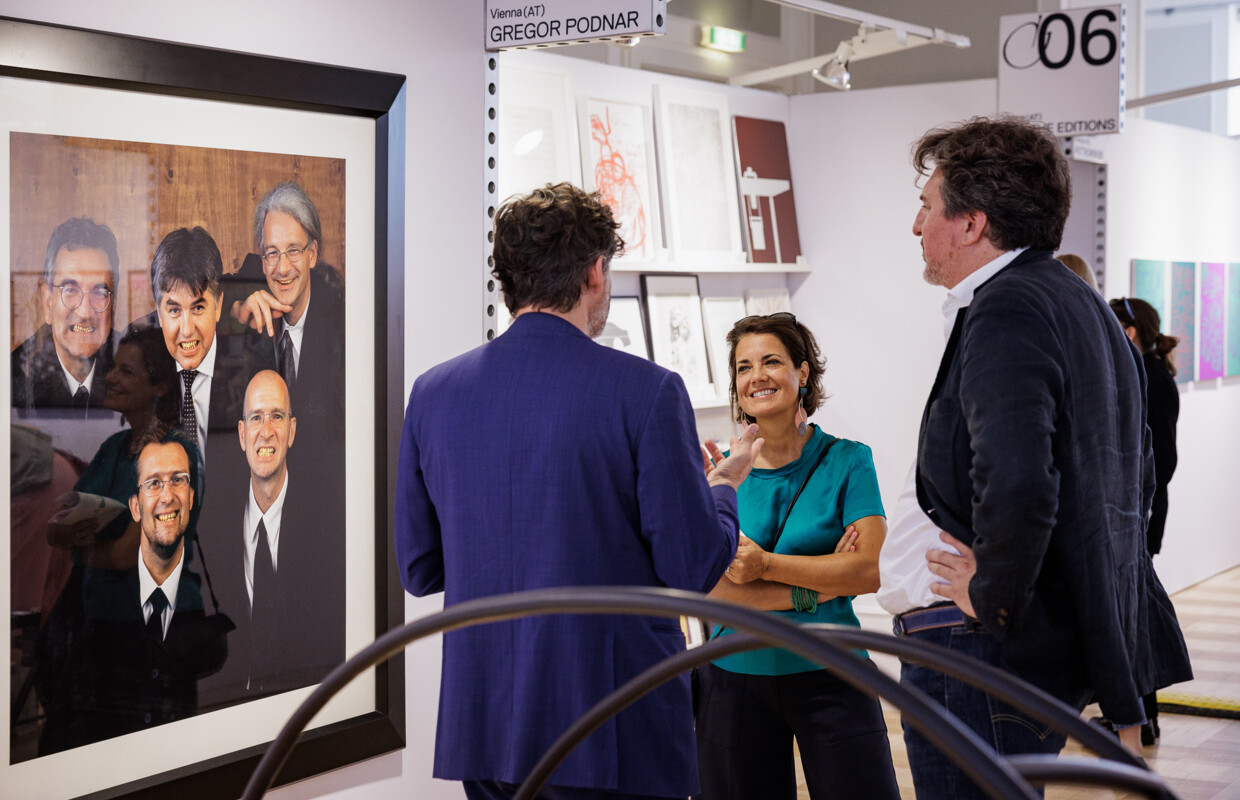
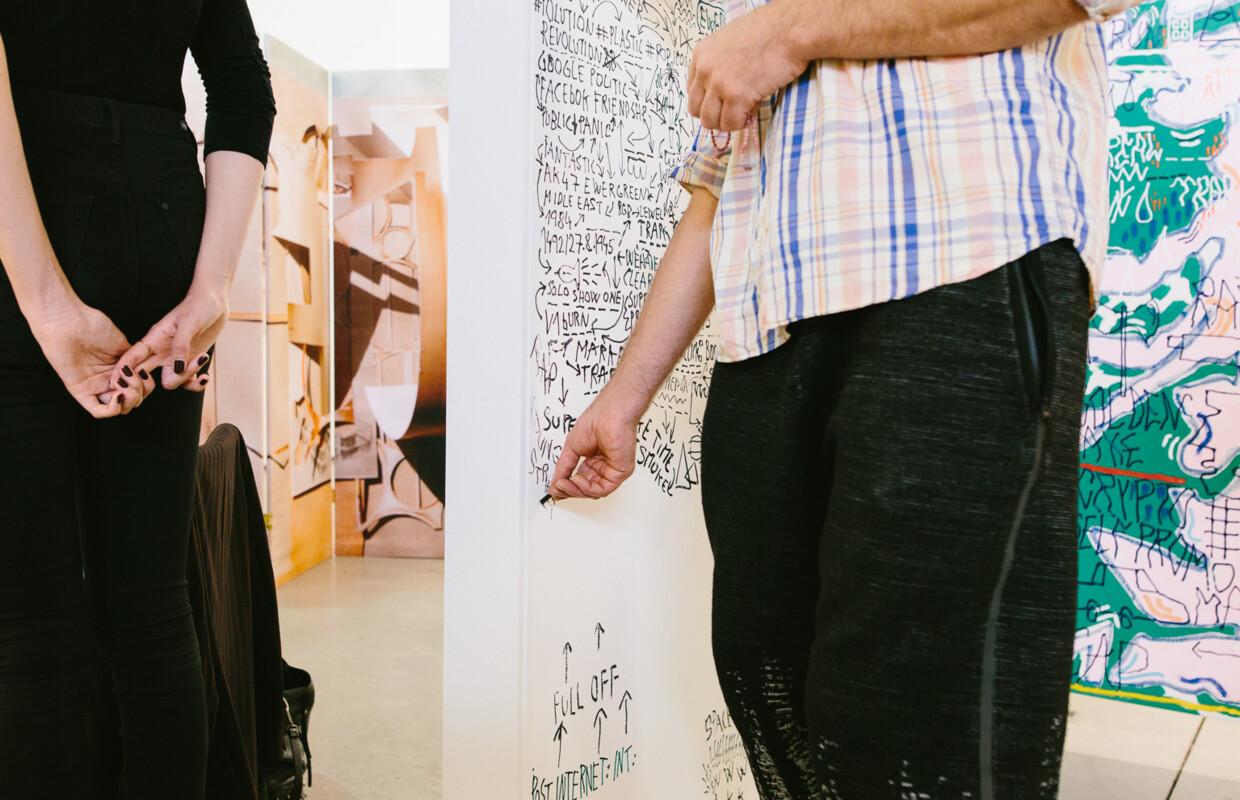
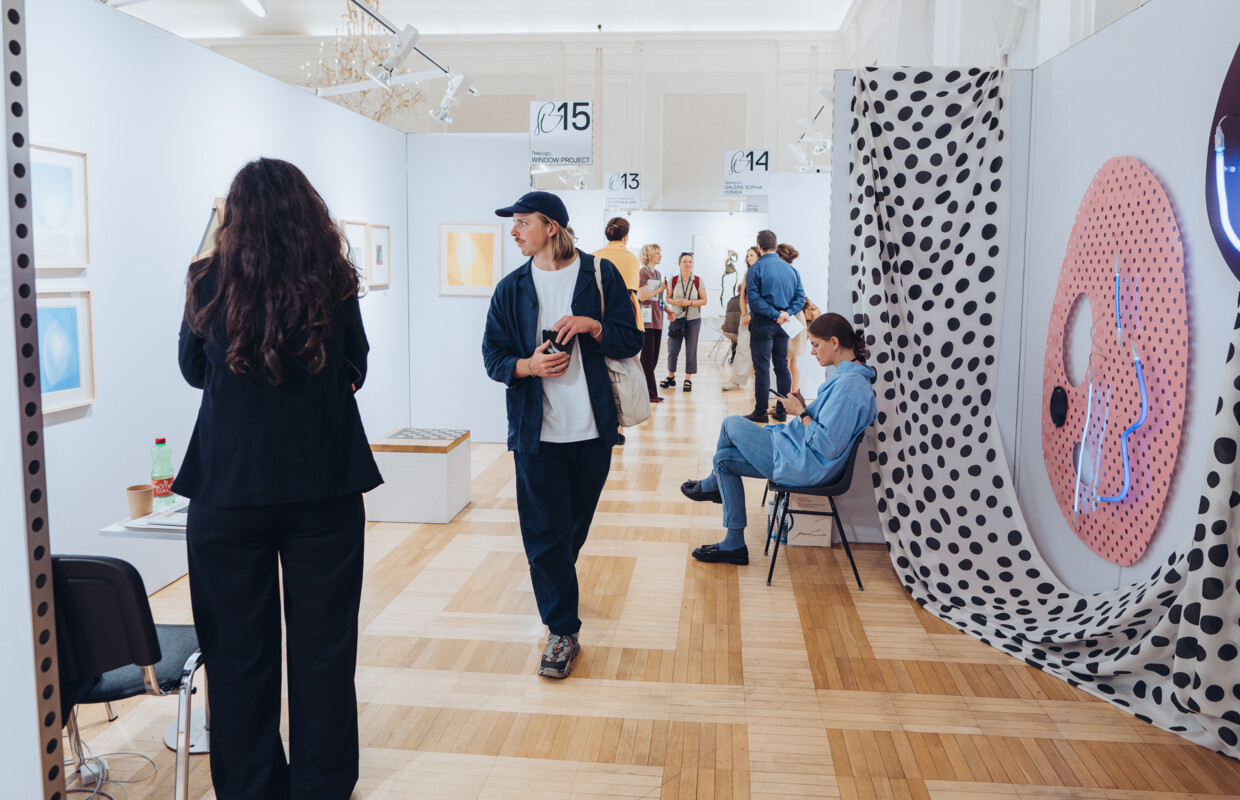
VG: Since we're already talking about emerging artists, perhaps you could elaborate on the format of ZONE1 and what visitors can expect from it this year?
BO: ZONE1 is a special format, the only part of the fair that is fully curated. I am very happy that Francesca Gaben accepted our invitation to be curator this year. She is not only a very internationally recognized and really progressive curator, but also she is very knowledgeable about Vienna and the region itself. So the principle is that artists under 40 can potentially participate in ZONE 1. They should not necessarily be Austrian, but they should have a connection to Vienna, even a loose connection, like working here, doing very specific projects, or even doing research or studying here, etc. So our selection will be quite international.
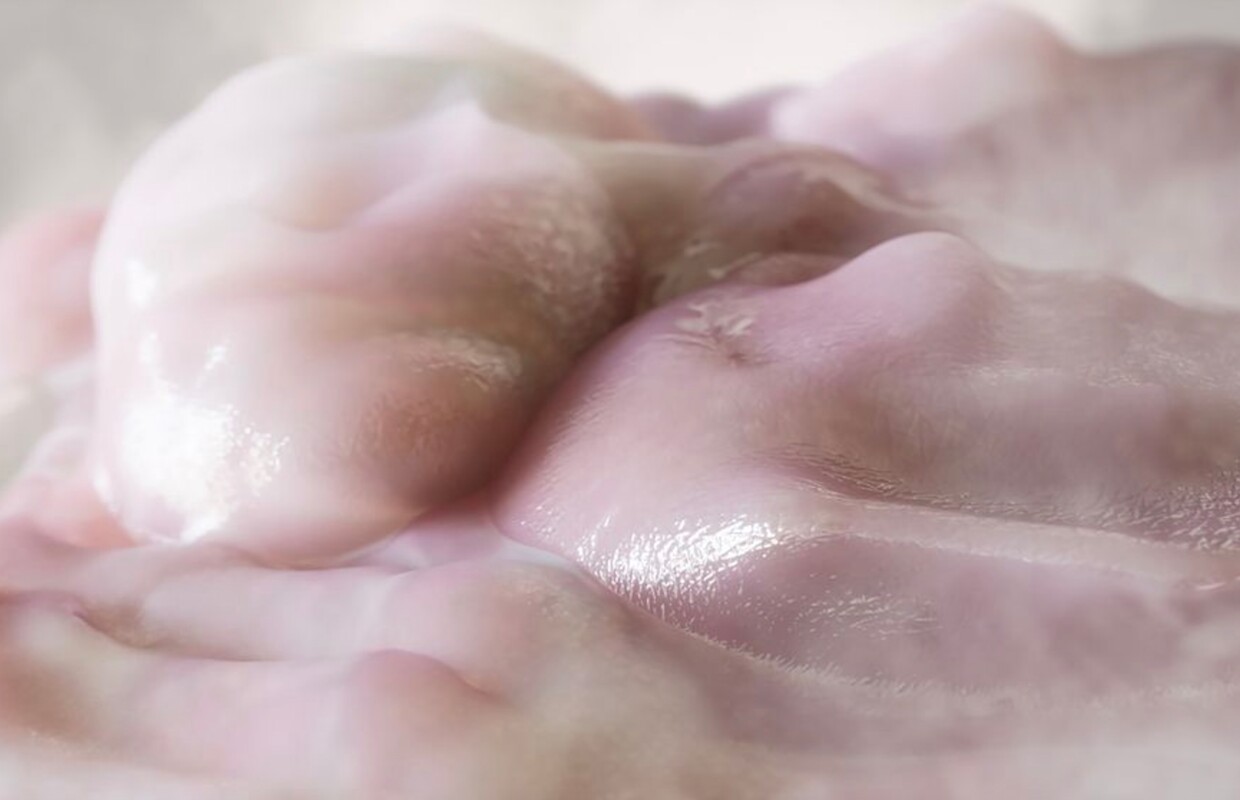
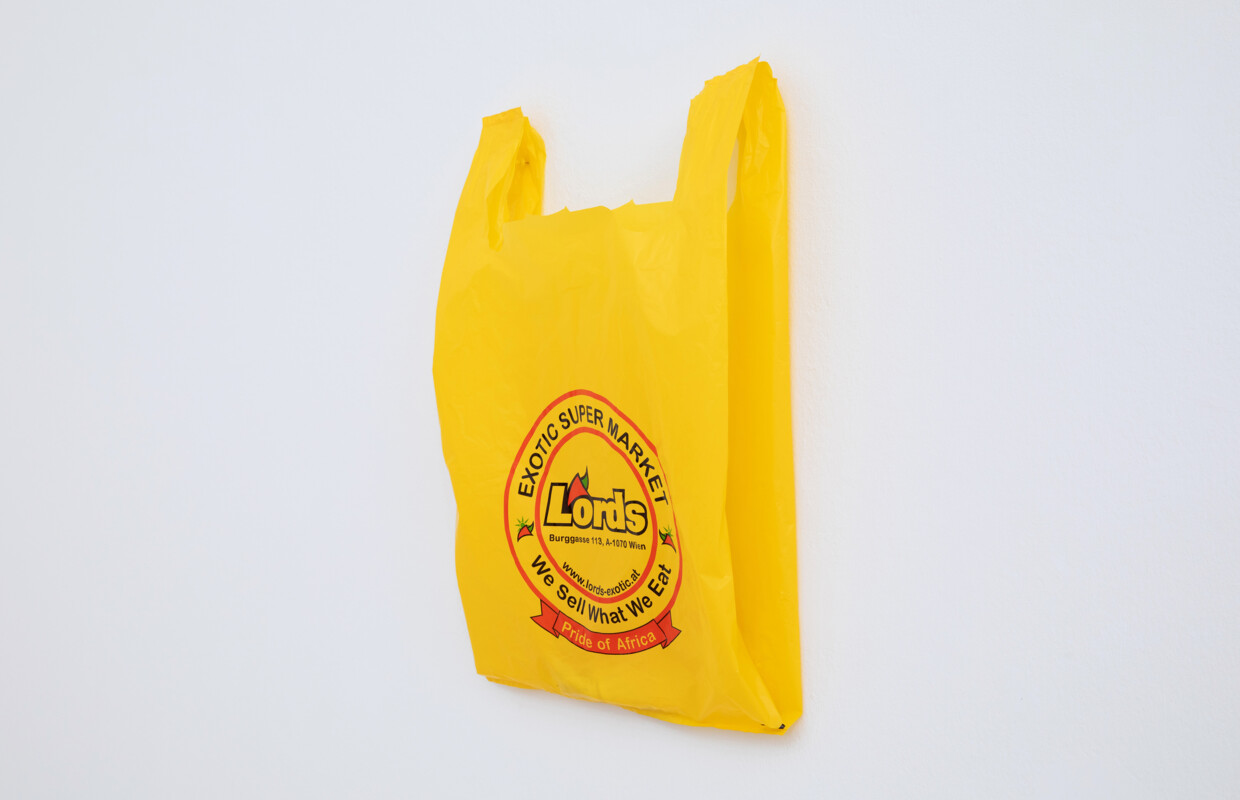
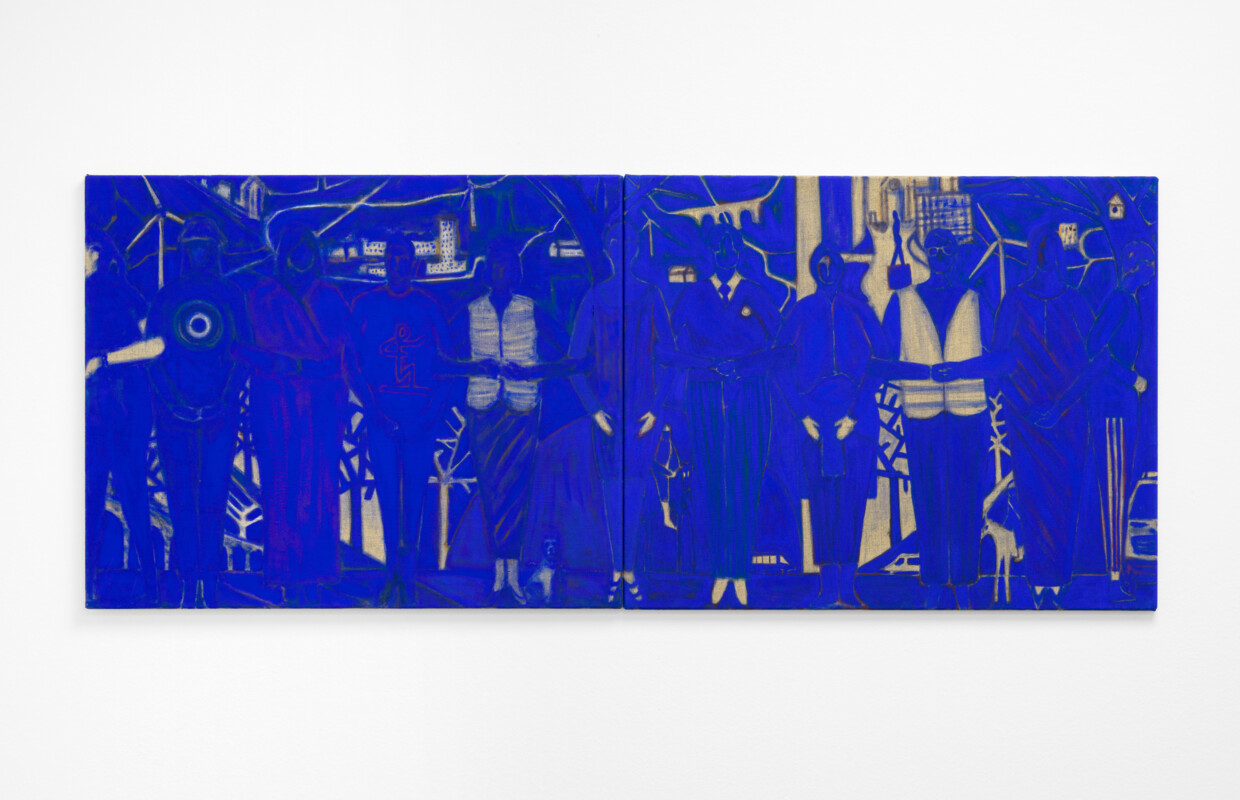
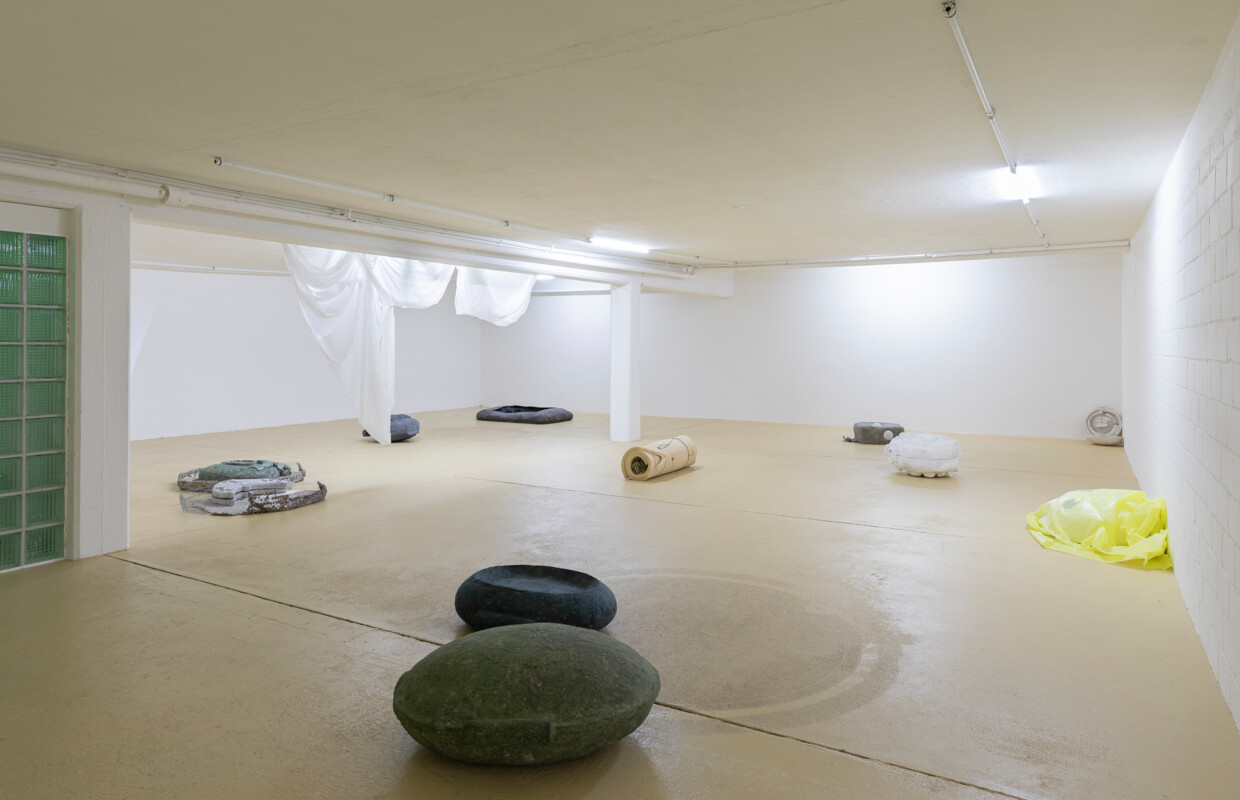

VG: Is there anything in this year’s program that you are particularly looking forward to?
BO: In connection with what I said earlier about the aspect of balance and equilibrium between the different things in the creation of the fair, it is important to mention that the financial factor of the fair and the direct revenues of the galleries are only one-third of the total picture.
So there are sponsors and there is cooperation with the city and the state. And the latter is actually a very inspiring and progressive aspect for us, because we have always wanted to be understood as an integral part of the urban culture.
So not only being recognized as a player in the art market, but also as an active and engaged player in the wider cultural traffic. That's why, as a company, we also organize exhibitions and seminars as well as lectures and panel discussions on urgent topics of our time. When we talk about the market, we are very focused on discussing the object. But when we talk about artists, we are very much focused on the subject, on what art is about, on the pressing issues of our time, which are also reflected in art. So what I am looking forward very much is a program called STATEMENT, which consists of a panel discussion with really prominent guests and an exhibition. Under the umbrella of this STATEMENT project, the question this year is what European citizenship is and what it consists of.
We are particularly interested in those who are legally migrating, transiting or even live in the country but have no political rights there. We call it a form of homelessness, like when you live legally in Vienna but you can not vote, you have no influence on your political environment.
This is extremely interesting because you can be non-Austrian and still live in Austria your whole life. Artists are a very migratory community with residencies, looking for jobs and trying to act here and there. So it's not only a real political subject, but it's also about the lives of artists. I am really looking forward to it. There will be an exhibition curated and we are very happy that Laura Amann, a young curator at Kunsthalle Wien, accepted our invitation. She is actually Swiss Chilean Austrian. So she also has a very, very strong personal competence in dealing with these experiences and topics.
This topic is extremely interesting, especially in these days. I have to say that the STATEMENT came up very spontaneously last year as a reaction to the Russian aggression. And it was about the Ukrainian aspect last year. And so we decided to continue it, but not to pursue territorial interests, but rather thematic issues.
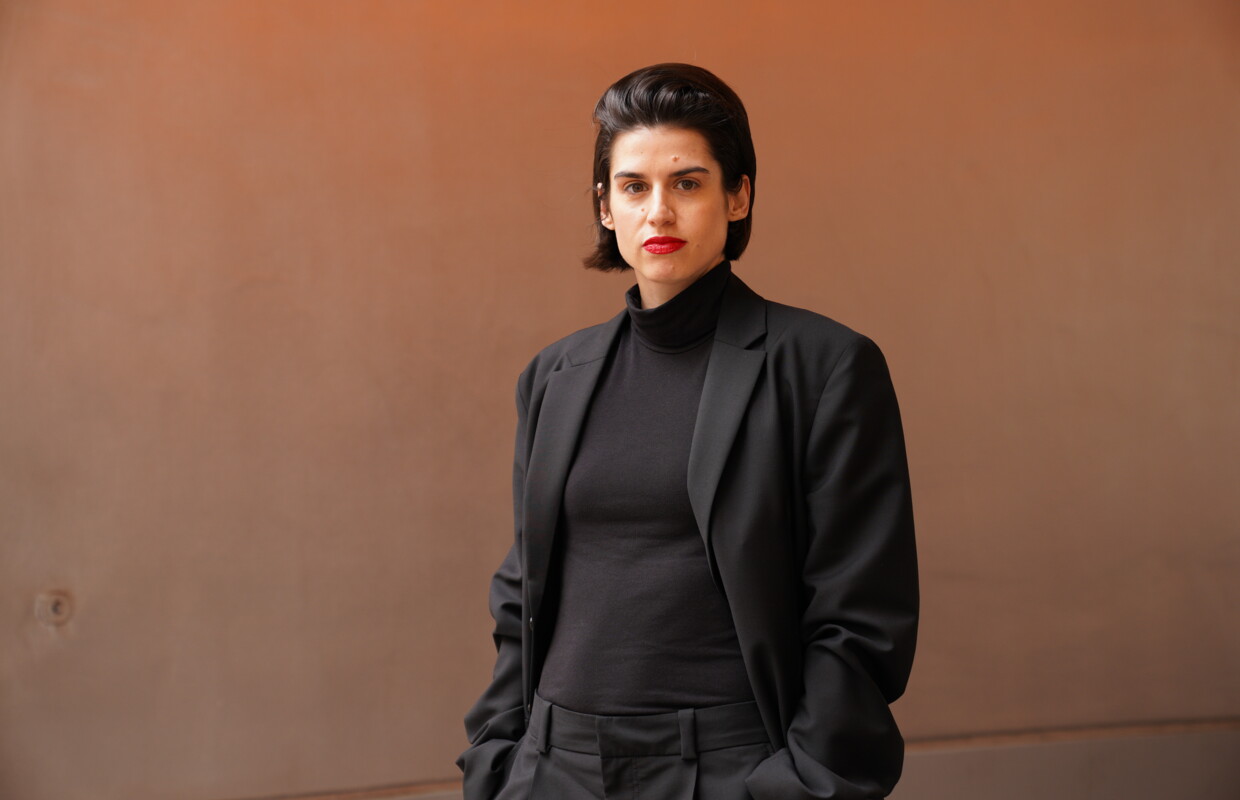
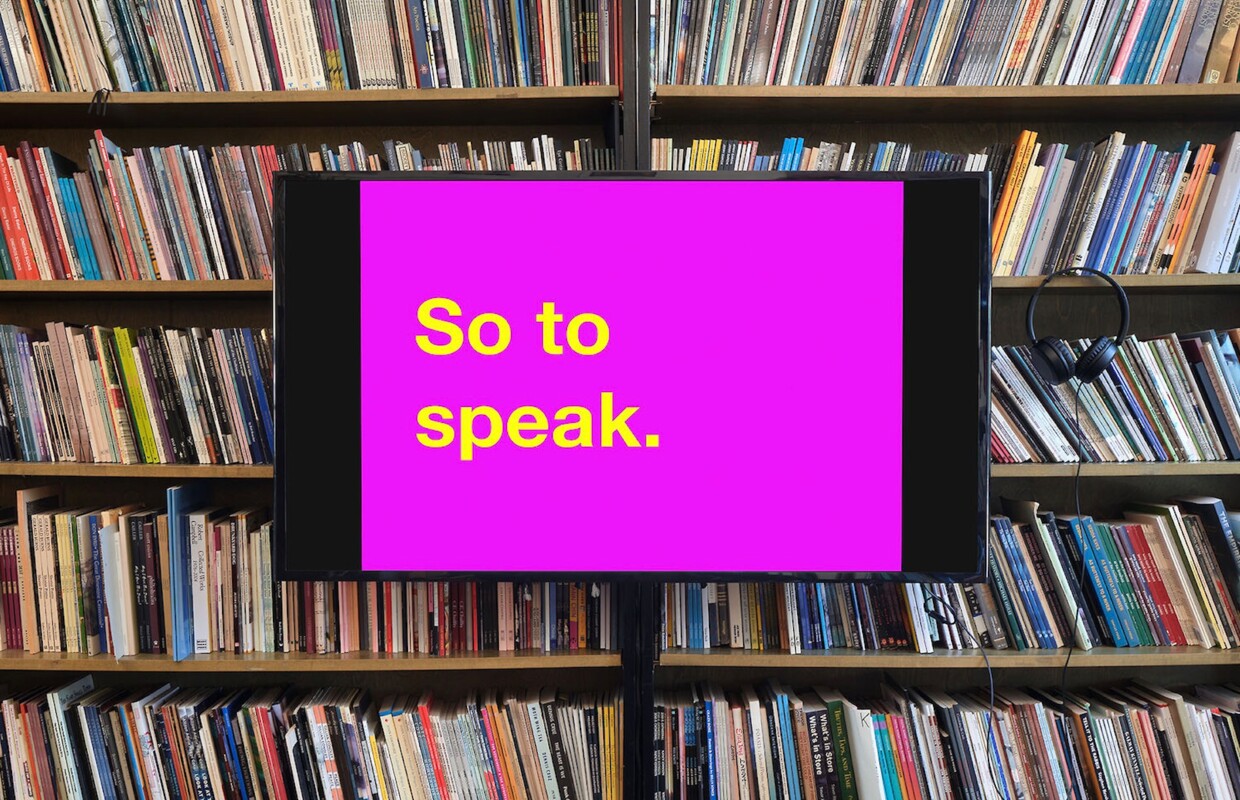
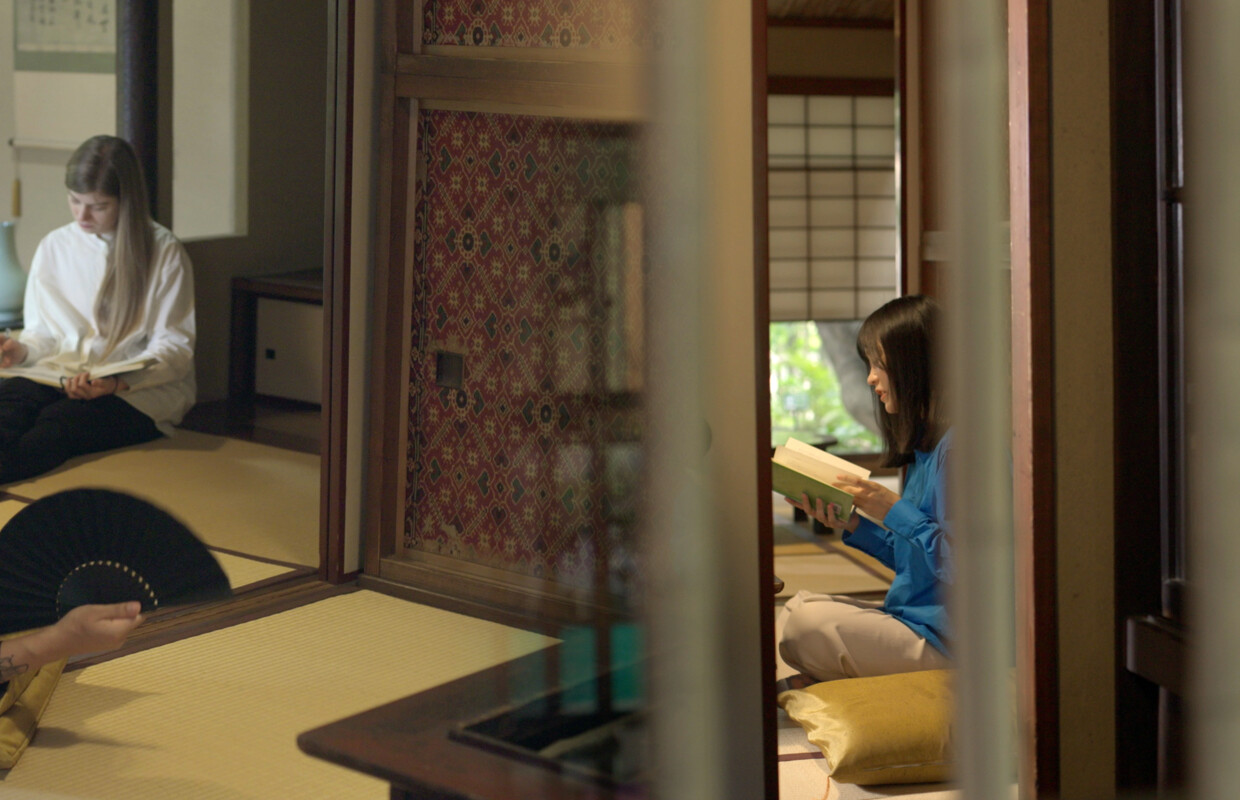
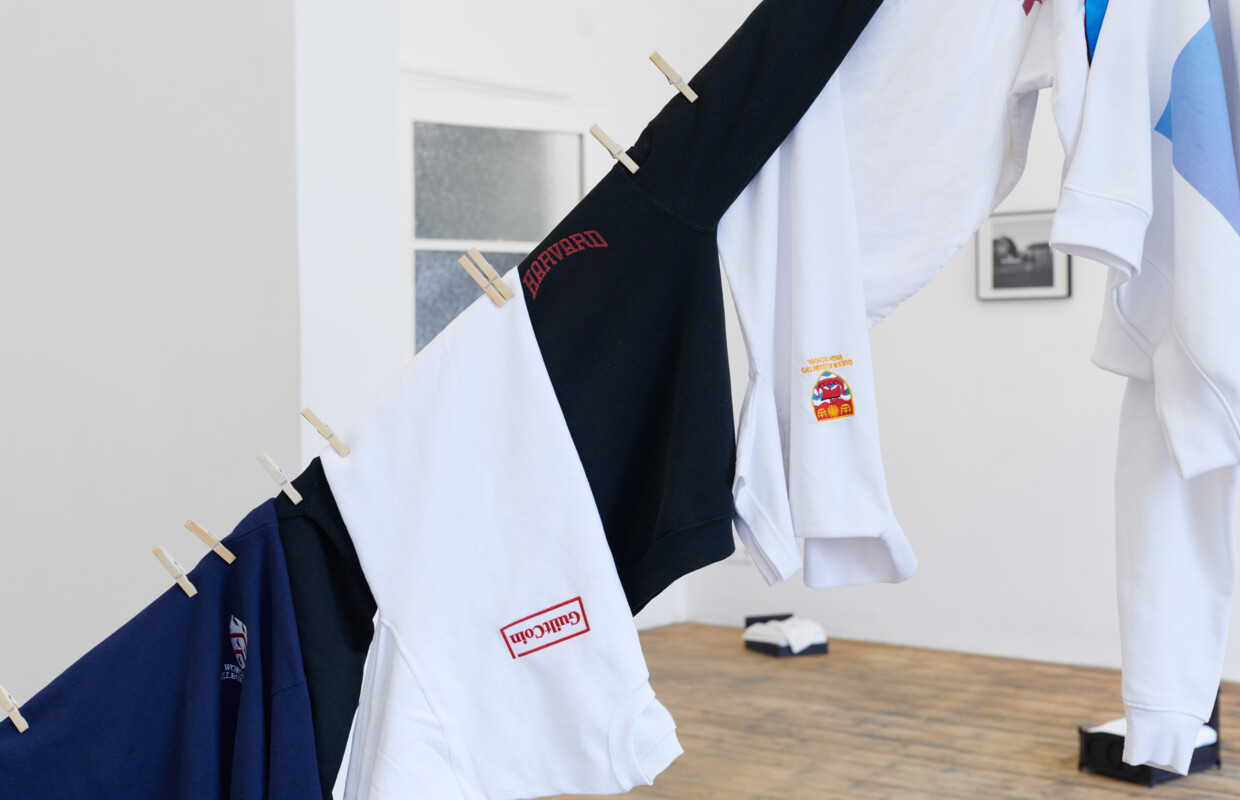
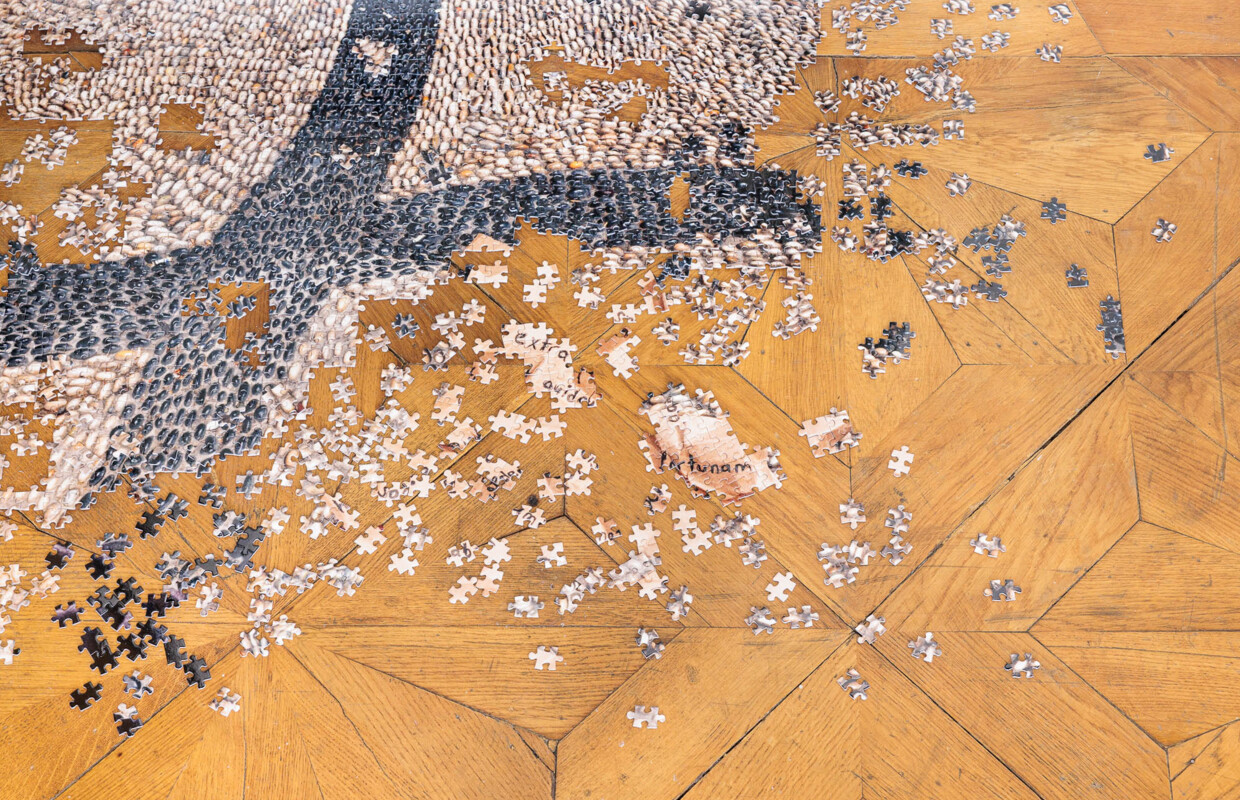
VG: This year’s winner of the VCT Sculpture Project is artist Carola Dertnig. Could you please tell us about the history of VCT SCULPTURE PROJECT? What is the idea behind it?
BO: Our venue is called Kursalon. It is a new renaissance ballroom from the end of the 19th century, located in the heart of the city, but at the same time in the middle of the Stadtpark (municipal park). And we were very interested in the possibility of working in the gardens of the park and integrating contemporary sculptures there, where there are many statues and monuments since the 19th century. So the sculpture by Carola Dertnig will be inaugurated at the fair and placed in the Stadtpark for one year. And next year we will have another annual competition and put another winner and another sculpture there.
And Carola is a very, very significant figure, especially in the field of performance and feminism. She did a fantastic study of non-male Viennese Actionism, which was quite revolutionary in the 1990s. In Vienna in the '60s and '70s, there was this very specific movement of actionism, action art, which is remembered as an all-male or in a huge majority male movement. In the 1990s, Carola showed the other side of the movement. And in a kind of continuity of her feminist perspective, she realized that all the sculptures in the Stadtpark, where we are located are male, so her sculpture will be dedicated to a female heroine.
It's important for us to be self-critical and ask ourselves who we are, what role we play, and what opportunities we have as actors in urban culture. We are also exploring what public space is about and what kind of discourses it needs and what kind of discourses we can deliver.
So we are very happy to be able to provide that kind of discourse.
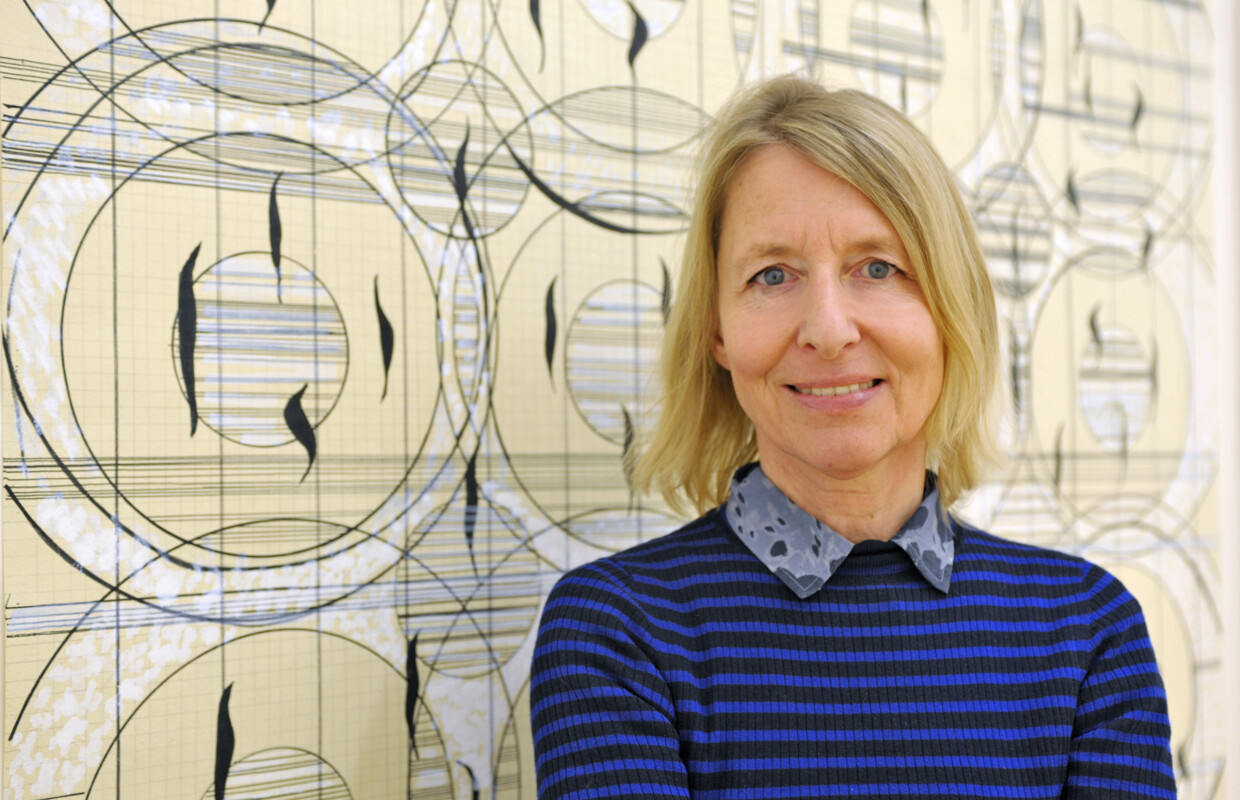
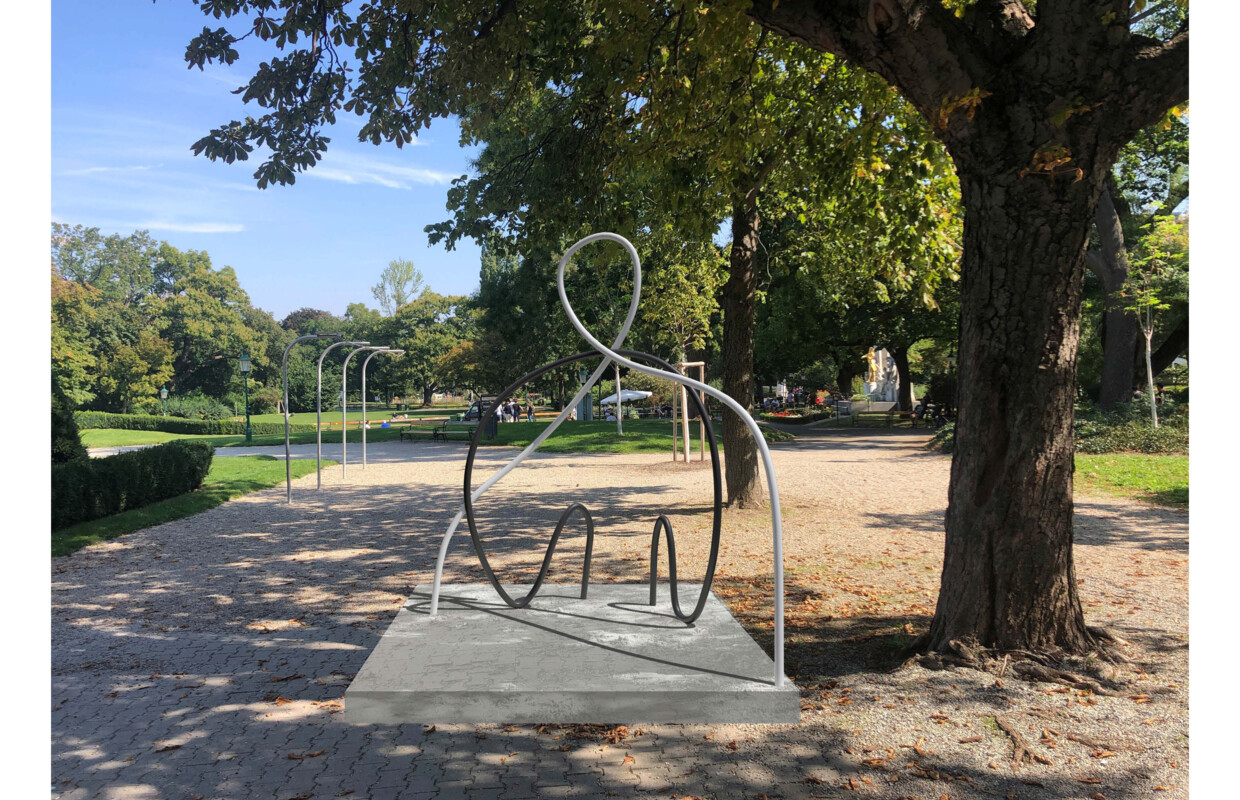
VG: How do you assess the current situation of the Austrian art market? What opportunities and challenges do you see on the horizon?
BO: I am from Slovakia and I still live in Bratislava, which is an hour drive from Vienna, so I commute most of the time. And if you analyze, for example, the care industry in Austria, at least one third of it consists of Slovak women. So in a similar logic we also understand the local market with extensions to Hungary, Czech Republic, Slovakia, Slovenia. It is also connected with our ambition to dynamize the exchange, not only to bring collectors from neighboring countries and of course from all over Europe and the world, but also to be specifically interested in the local region. Since there are no traditions of collecting, we also want to stimulate new collectors or even future collectors. So I am also personally very involved in working with them.
And I see that the regional market is changing step by step and that in some time there will be a really rich market with new collectors.
Because the potential collectors are on the move, they are intuitively interested, but they are also too shy. So you have to invite them and work really sensitively and gently with them. So these are the effects of the Viennese and Central European market. Because Vienna itself has a centuries-long tradition of collecting, the Habsburgs were of course extreme collectors, and museology as we understand it today began with Rudolf II in Prague, so there is this node. But in the former East, these traditions, even if they existed, were destroyed in the 1920s by these pseudo-socialist regimes.
VG: What future initiatives or developments do you foresee for viennacontemporary to further strengthen its position as an outstanding platform for contemporary art in Europe?
BO: I think we already have some challenges on the horizon. Because since last year, I can proudly say that the interest in our fair has grown. And we are facing a certain productive pressure to grow. And that's very much also connected to the venue that we have now, because the venue has a very limited size, so we have to reconsider that.
But in our case, growth is not something mechanical, but a conceptual basis, and we cannot compromise on quality.
So it's a very difficult task. But what I have to say is that the team is amazing. And there are certain personal routines here that really give you the confidence that you don't have to be afraid, you just have to work hard and also be conceptually brilliant. But these things are really feasible to do, it's all about doing it.
Share the post:
